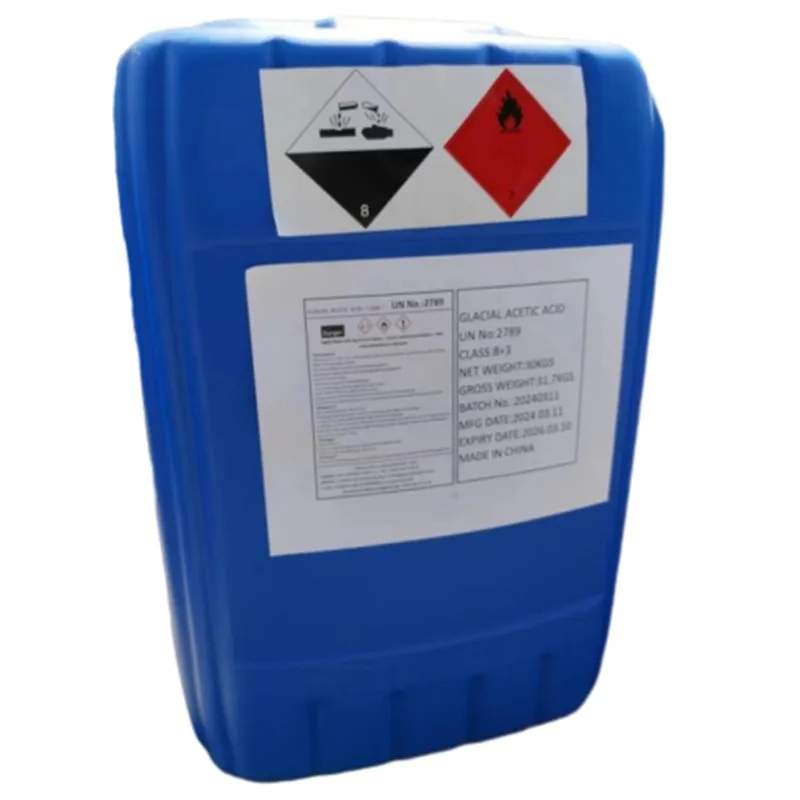
Exploring the Characteristics and Applications of Aromatic Solvents in Various Industries
Understanding Aromatic Solvents Characteristics, Applications, and Safety Considerations
Aromatic solvents play a crucial role in various industries due to their unique chemical properties. These organic compounds, characterized by their aromatic rings, are widely utilized as solvents in industrial processes, formulations, and as intermediates in the synthesis of various compounds. This article delves into the characteristics, applications, and safety considerations associated with aromatic solvents.
Characteristics of Aromatic Solvents
Aromatic solvents are primarily derived from benzene and possess a distinctive structure that includes one or more benzene rings. Common aromatic solvents include toluene, xylene, and ethylbenzene. These solvents are known for their ability to dissolve a wide range of substances, making them vital in different chemical processes. The solvent properties of aromatic compounds stem from their molecular structure, which allows for effective solvation of polar and non-polar compounds alike.
One significant characteristic of aromatic solvents is their volatility. Many aromatic solvents have relatively low boiling points, enabling them to evaporate quickly. This trait can be advantageous in processes requiring quick drying times, such as in paint and coating applications. However, the high volatility also requires careful handling and storage to minimize exposure and environmental impacts.
Applications of Aromatic Solvents
The utility of aromatic solvents spans multiple industries, including paints, coatings, adhesives, pharmaceuticals, and even agriculture.
1. Paints and Coatings Aromatic solvents are commonly employed in the formulation of paints and coatings. They help dissolve resins and other components, ensuring uniform application and effective film formation. The quick evaporation of these solvents can result in faster drying times, making them preferred choices for industrial and commercial coatings.
2. Adhesives In the adhesive industry, aromatic solvents are often used to dissolve elastomers and resins, improving the adhesive's application properties. For instance, toluene and xylene are frequently utilized in formulations for contact adhesives and solvent-based adhesives, enabling strong bonding for various materials.
aromatic solvents

3. Pharmaceuticals Aromatic solvents serve as crucial media for chemical reactions in pharmaceutical production. They help dissolve active pharmaceutical ingredients (APIs) and other reactants, facilitating effective synthesis paths. Moreover, aromatic solvents are often involved in extraction processes, isolating specific compounds for further analysis or use.
4. Agrochemicals In the agricultural sector, aromatic solvents are used in the formulation of pesticides and herbicides. Their capability to dissolve complex chemical structures enhances the efficacy and stability of these products, ensuring better crop protection.
Safety Considerations
While aromatic solvents are highly effective in numerous applications, they also pose potential health and environmental risks. Many aromatic compounds are classified as hazardous substances, with exposure linked to various health issues, such as respiratory irritation, neurological effects, and even carcinogenicity. Therefore, stringent safety protocols must be observed when handling these solvents.
To mitigate risks, it is essential for manufacturers and workers to employ proper personal protective equipment (PPE), including gloves, goggles, and respiratory protection. Adequate ventilation is crucial in work areas where aromatic solvents are used to minimize inhalation exposure.
In addition to occupational safety, environmental considerations must be taken into account. The disposal of aromatic solvents should comply with local regulations to prevent soil and water contamination. Many industries are also exploring greener alternatives to traditional aromatic solvents, focusing on safety and sustainability.
Conclusion
Aromatic solvents are invaluable in various industrial applications due to their unique properties and effectiveness. From facilitating the formulation of paints and adhesives to serving critical roles in pharmaceuticals and agrochemicals, their versatility is undeniable. However, with their effectiveness comes the responsibility to handle these substances safely and sustainably. By adhering to safety guidelines and exploring greener alternatives, industries can mitigate the risks associated with aromatic solvents while continuing to leverage their benefits in effective and innovative ways.
-
Buy High-Quality Trichloroisocyanuric Acid for Sale | TCCA 90% SupplierNewsAug.30,2025
-
Pure Sodium Dichloroisocyanurate Dihydrate | Powerful DisinfectantNewsAug.29,2025
-
Industrial Chemicals: Quality & Purity for Every IndustryNewsAug.28,2025
-
Nitrile Rubber Honoring Strict Production StandardsNewsAug.22,2025
-
Aspartame Ingredients Honoring Food Safety ValuesNewsAug.22,2025
-
Fertilizer for Balanced Plant NutritionNewsAug.22,2025
-
Cyanide Gold Processing with High Purity AdditivesNewsAug.22,2025
Hebei Tenger Chemical Technology Co., Ltd. focuses on the chemical industry and is committed to the export service of chemical raw materials.
-

view more DiethanolisopropanolamineIn the ever-growing field of chemical solutions, diethanolisopropanolamine (DEIPA) stands out as a versatile and important compound. Due to its unique chemical structure and properties, DEIPA is of interest to various industries including construction, personal care, and agriculture. -

view more TriisopropanolamineTriisopropanolamine (TIPA) alkanol amine substance, is a kind of alcohol amine compound with amino and alcohol hydroxyl, and because of its molecules contains both amino and hydroxyl. -

view more Tetramethyl Thiuram DisulfideTetramethyl thiuram disulfide, also known as TMTD, is a white to light-yellow powder with a distinct sulfur-like odor. It is soluble in organic solvents such as benzene, acetone, and ethyl acetate, making it highly versatile for use in different formulations. TMTD is known for its excellent vulcanization acceleration properties, which makes it a key ingredient in the production of rubber products. Additionally, it acts as an effective fungicide and bactericide, making it valuable in agricultural applications. Its high purity and stability ensure consistent performance, making it a preferred choice for manufacturers across various industries.





